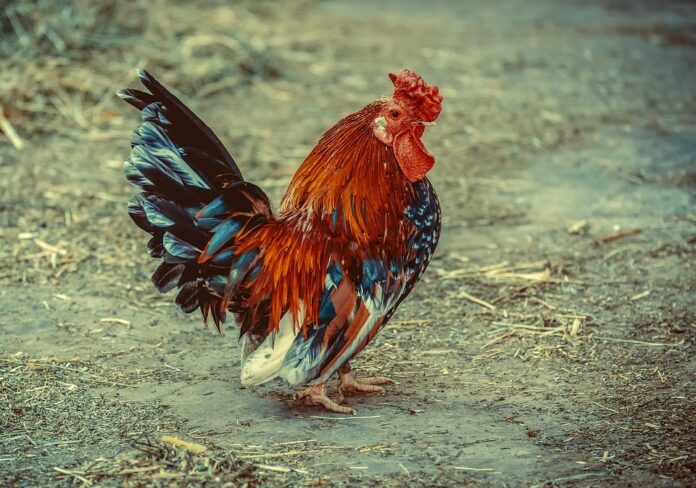Top 10 Smart Technologies Revolutionizing Poultry Farming
1. Automated Feeding Systems
Automated feeding systems are revolutionizing poultry farming by providing precise control over feed distribution, reducing waste, and improving feed conversion ratios. These systems use sensors and actuators to automatically dispense feed based on the birds’ nutritional needs.
2. Smart Monitoring Systems
Smart monitoring systems utilize sensors to track key parameters such as temperature, humidity, and air quality in poultry houses. By providing real-time data, these systems help farmers optimize environmental conditions for the health and growth of their birds.
3. RFID Tracking
RFID tracking technology allows farmers to monitor individual birds throughout the production cycle. By tagging each bird with a unique RFID tag, farmers can track their movement, health status, and productivity, enabling better management and decision-making.
4. Automated Egg Collection
Automated egg collection systems streamline the process of gathering eggs from poultry houses. These systems use robotics and conveyor belts to collect eggs efficiently, reducing labor costs and minimizing the risk of damage to the eggs.
5. Precision Livestock Farming
Precision livestock farming involves the use of advanced technologies such as GPS tracking, drones, and remote sensing to monitor and manage livestock operations. In poultry farming, this approach helps farmers optimize resource use, improve animal welfare, and enhance productivity.
6. Data Analytics
Data analytics tools analyze large volumes of data collected from various sensors and devices on the farm. By identifying patterns and trends, farmers can make informed decisions to maximize efficiency, reduce costs, and improve overall farm performance.
7. Smart Lighting Systems
Smart lighting systems adjust the intensity and duration of light in poultry houses to mimic natural daylight patterns. By optimizing lighting conditions, these systems can enhance bird welfare, promote growth, and increase egg production.
8. Automated Climate Control
Automated climate control systems regulate temperature, humidity, and ventilation in poultry houses to create optimal conditions for bird health and growth. By maintaining a comfortable environment, these systems help prevent disease outbreaks and improve overall productivity.
9. Remote Monitoring and Control
Remote monitoring and control systems allow farmers to oversee their poultry operations from anywhere using mobile devices or computers. By remotely accessing data and adjusting settings, farmers can respond quickly to changes and ensure the smooth running of their farms.
10. Blockchain Technology
Blockchain technology is being used in the poultry industry to enhance traceability and transparency in the supply chain. By recording data on a decentralized ledger, blockchain enables farmers and consumers to track the journey of poultry products from farm to fork, ensuring food safety and quality.
[Read More: Global Poultry Industry Report 2025: Trends, Challenges, and Future Outlook Across the Value Chain]




